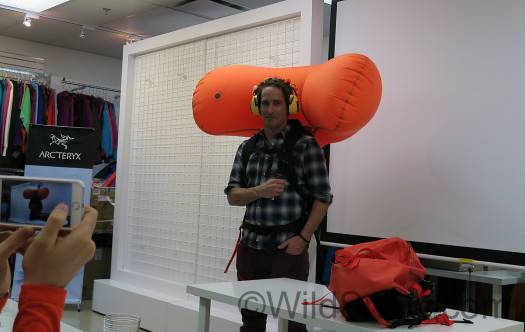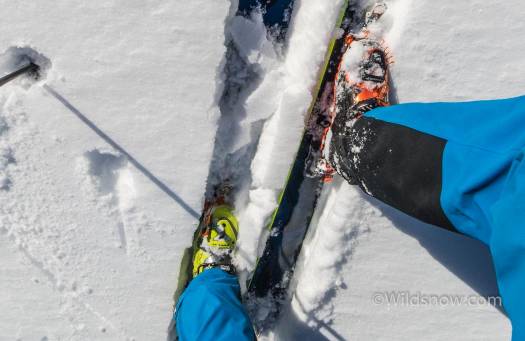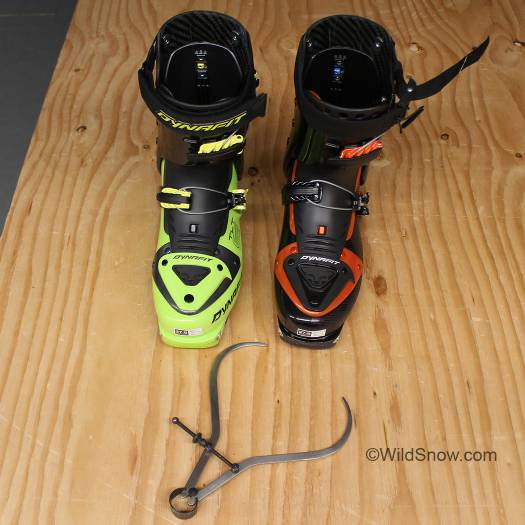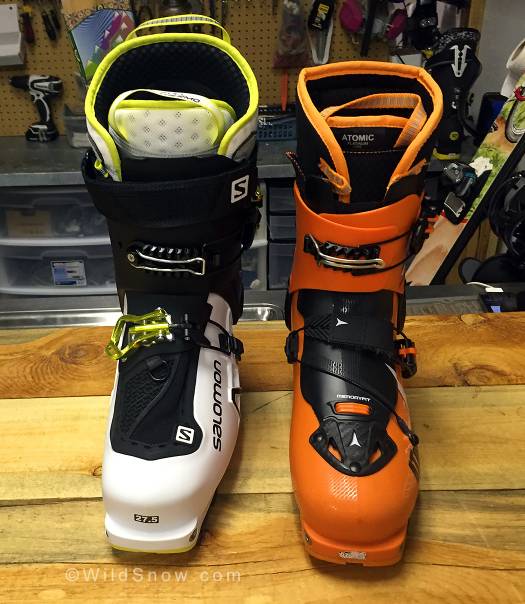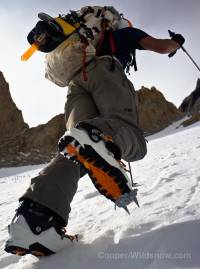
Booting a couloir in the Torres Del Paine area in southern Chile. Click to enlarge.
SCARPA has been making the Maestrale line of boots for six years, and the Maestrale RS for three. Reportedly they are the highest selling backcountry ski touring boot of all time. There’s a reason they haven’t changed much; they are incredible boots.
I skied the original Maestrales when they came out, and still do occasionally. I’ve had the RS boots for almost two years and have put quite a bit of use on them. I’ve skied them for almost every day of two seasons, from deep powder resort days to spring touring. I don’t really keep track of ski days, but they easily have over 100 days on them, more closer to 200.
Although we’ve done a few reviews of Maestrale boots on Wildsnow, we haven’t had a report on long term use. How durable are they? How do they work in a large variety of conditions? One nice thing about a product that has remained largely unchanged for several years, such as the Maestrale, is that it’s possible to buy new boots and have an idea of how they are going to last.
Louie Dawson earned his Bachelor Degree in Industrial Design from Western Washington University in 2014. When he’s not skiing Mount Baker or somewhere equally as snowy, he’s thinking about new products to make ski mountaineering more fun and safe.

